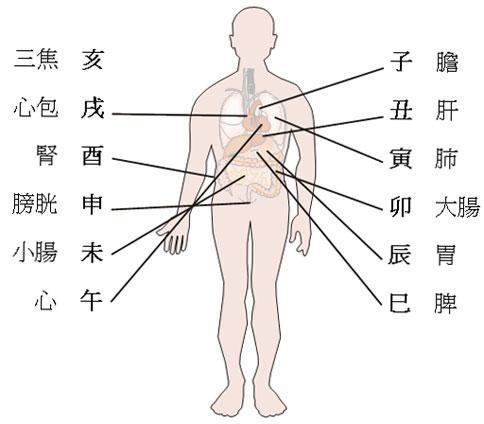日晷,水鈡,火鈡,香鈡
Early Han dynasty: 十二时辰 (a day broken into every 2 hours):
夜半 (midnight) = 23:00PM - 1AM
鷄鳴 (rooster crows) = 1AM - 3AM
平旦 (daybreak) = 3AM - 5AM
日出 (Sunrise) = 5AM - 7AM
食時 (breakfast) = 7AM - 9AM
隅中 (approaching noon) = 9AM - 11AM
日中 (midday) = 11AM - 13PM
日昳 (Sun descending) = 13PM - 15PM
哺時 (dinner, yes only 2 meals a day) = 15PM - 17PM
日入 (Sunset) = 17PM - 19PM
黃昏 (Dusk) = 19PM - 21PM
人定 (bedtime) = 21PM - 23PM
Respectively, use of 12 地支 came later in Eastern Han dynasty to replace the 12 時辰:
子 (=11)、丑 (=12)、寅、卯、辰、巳、午、未、申、酉、戌、亥
Zi3, Chou3, Yin1, Mao3, Chen2, Si4, Wu3, Wei4, Shen1, You3, Xu1, Hai4
which also corresponds to:
生肖: 鼠 (=11)、牛、虎、兔、龙、蛇、马、羊、猴、鸡、狗、猪
and also body parts:

Then later in Tang dynasty, to make the 時辰 halves (= 1 hour = 小時), the first half is called 初, second half is called 正. With smaller unit (15 minutes) called 刻.
Examples: 00:30AM = 子六刻 (first 時辰 plus 6x 15 mins) or 子正二刻
